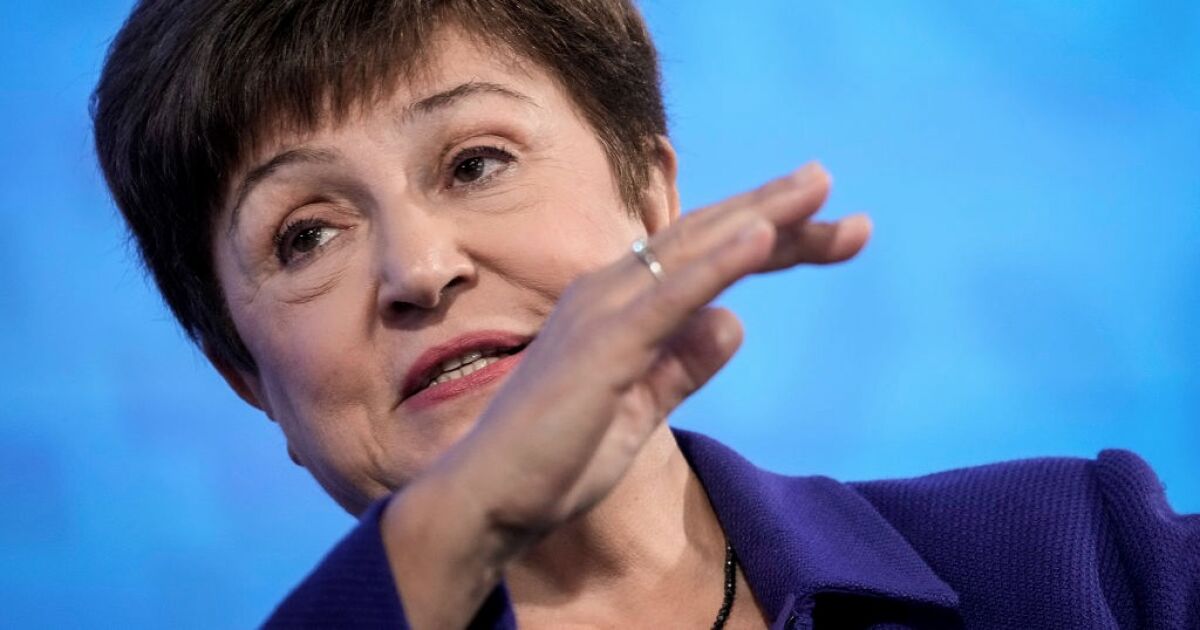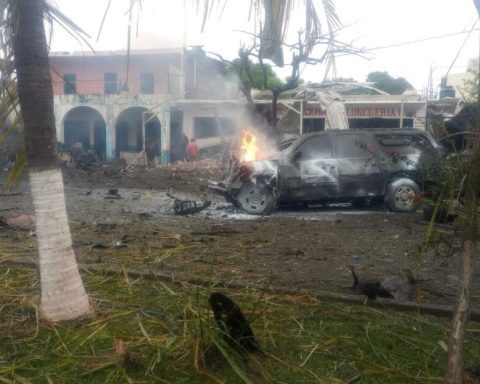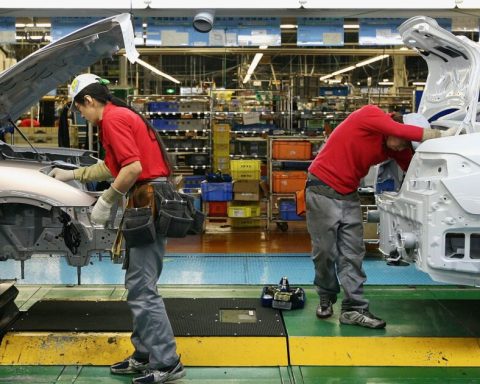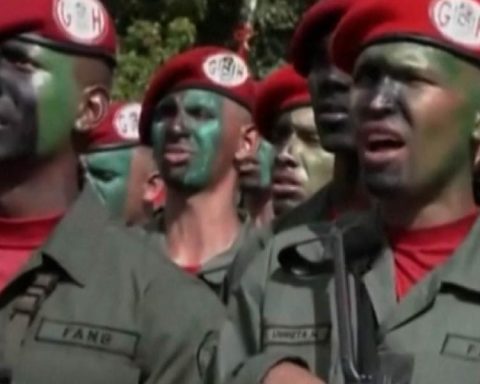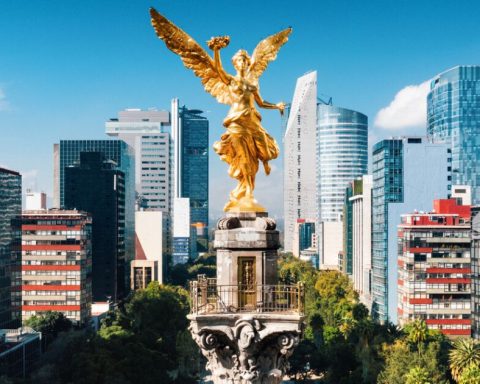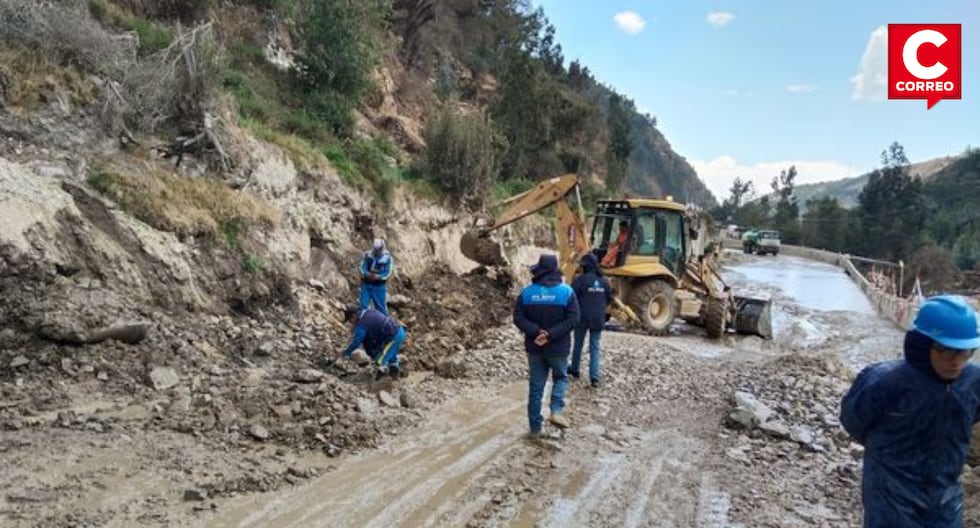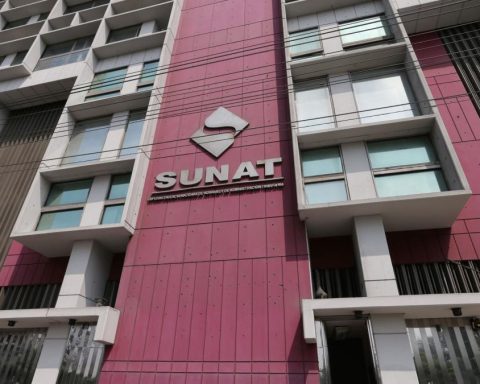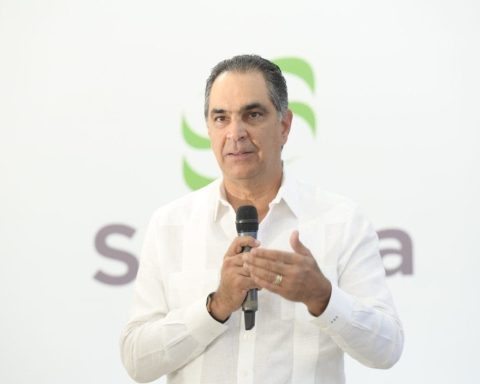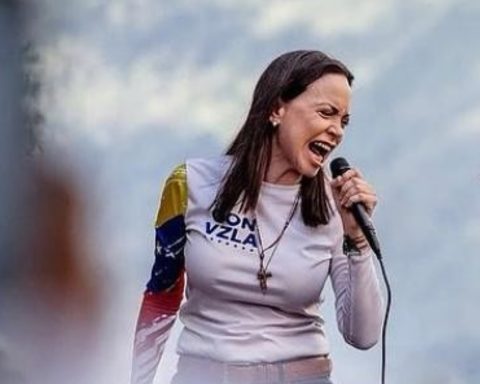He warned of the persistence of high prices that disproportionately affect the poor, and the possibility that the escalation of the conflict in the Middle East could destabilize regional economies and global raw materials markets.
Georgieva also expressed concern about rising military spending, which affects funding available for other priorities, including aid to developing countries.
Rising protectionism and growing trade restrictions are fracturing the global economy, limiting trade growth and “pouring cold water on an already lukewarm global economy,” said Georgieva, who this month began her second five-year term.
He said there was some good news, such as the decline in global inflation and the return to price stability, with an orderly cooling of labor markets in the United States and Europe.
The United States was not in recession, despite the start of Federal Reserve rate cuts that have triggered cuts in the last three interest rate cycles, and unemployment numbers were expected to remain relatively low, he said.
“Our forecasts point to a relentless combination of low growth and high debt – a difficult future,” Georgieva said.
He noted that growth would not be enough to eradicate global poverty, create the necessary number of jobs or generate the tax revenues needed to address the heavy debt burden and finance investments.
High and growing public debt made the outlook even more worrying, Georgieva said, noting that a “severe but plausible” adverse scenario could raise debt 20 percentage points of gross domestic product (GDP) above its current forecast.
